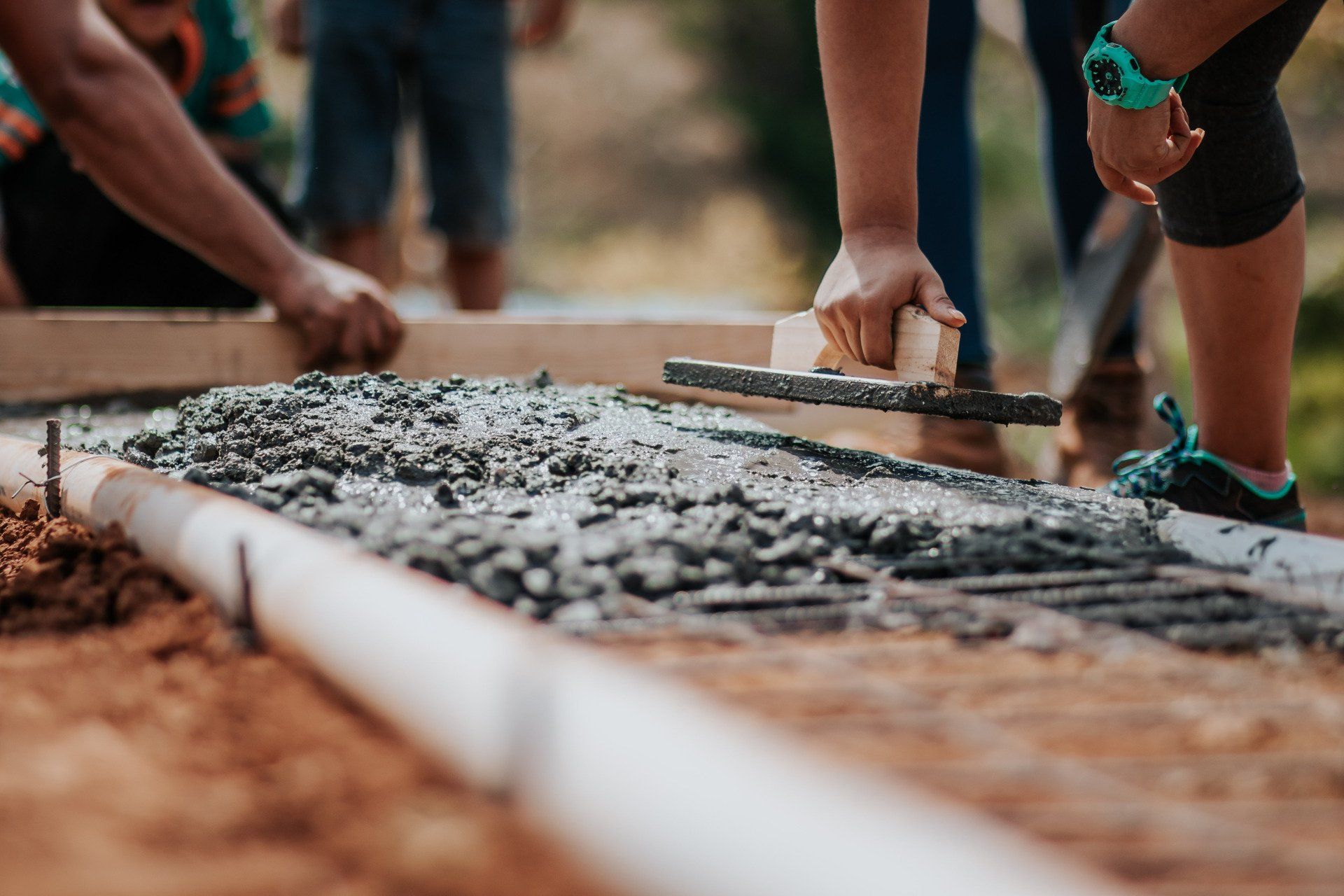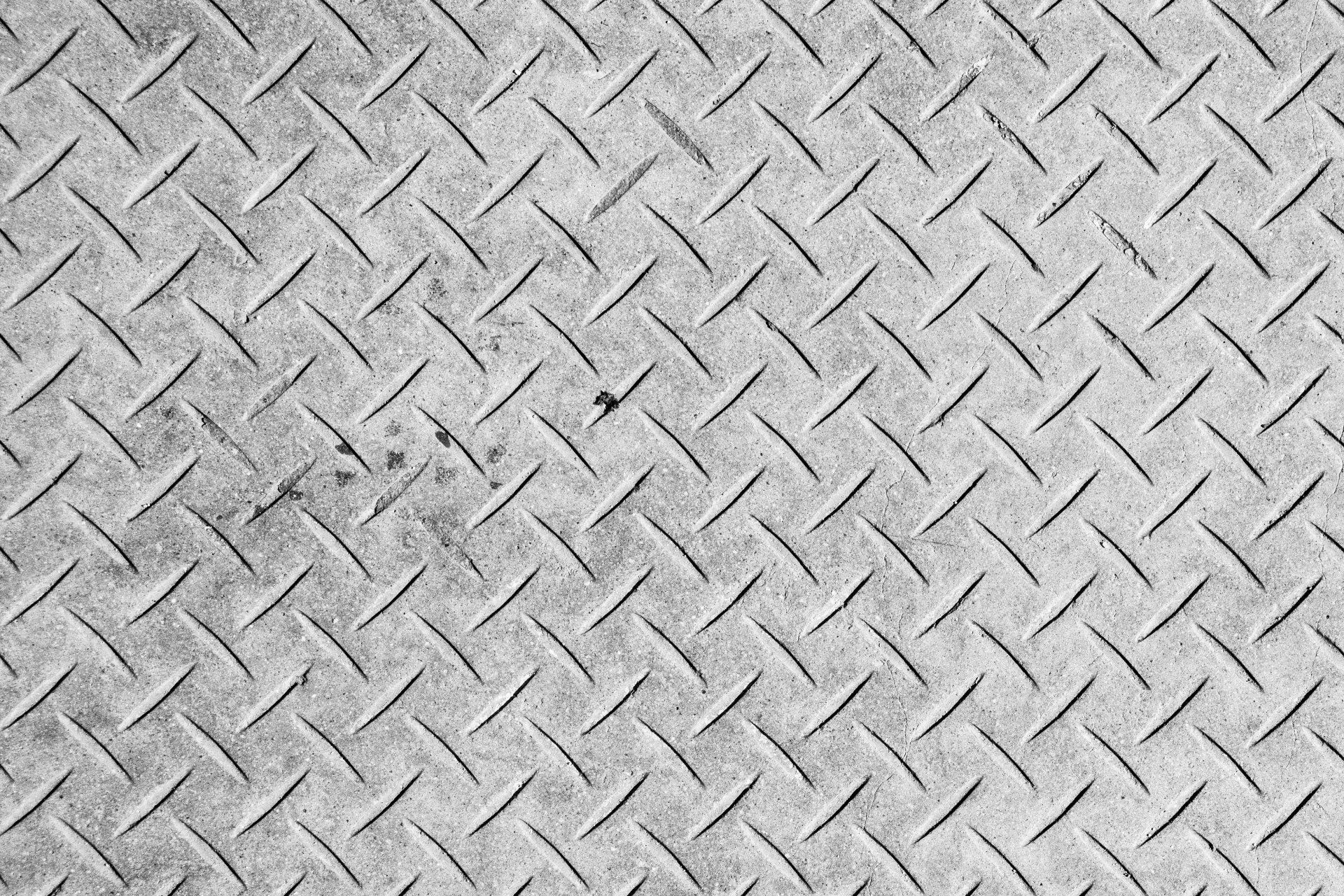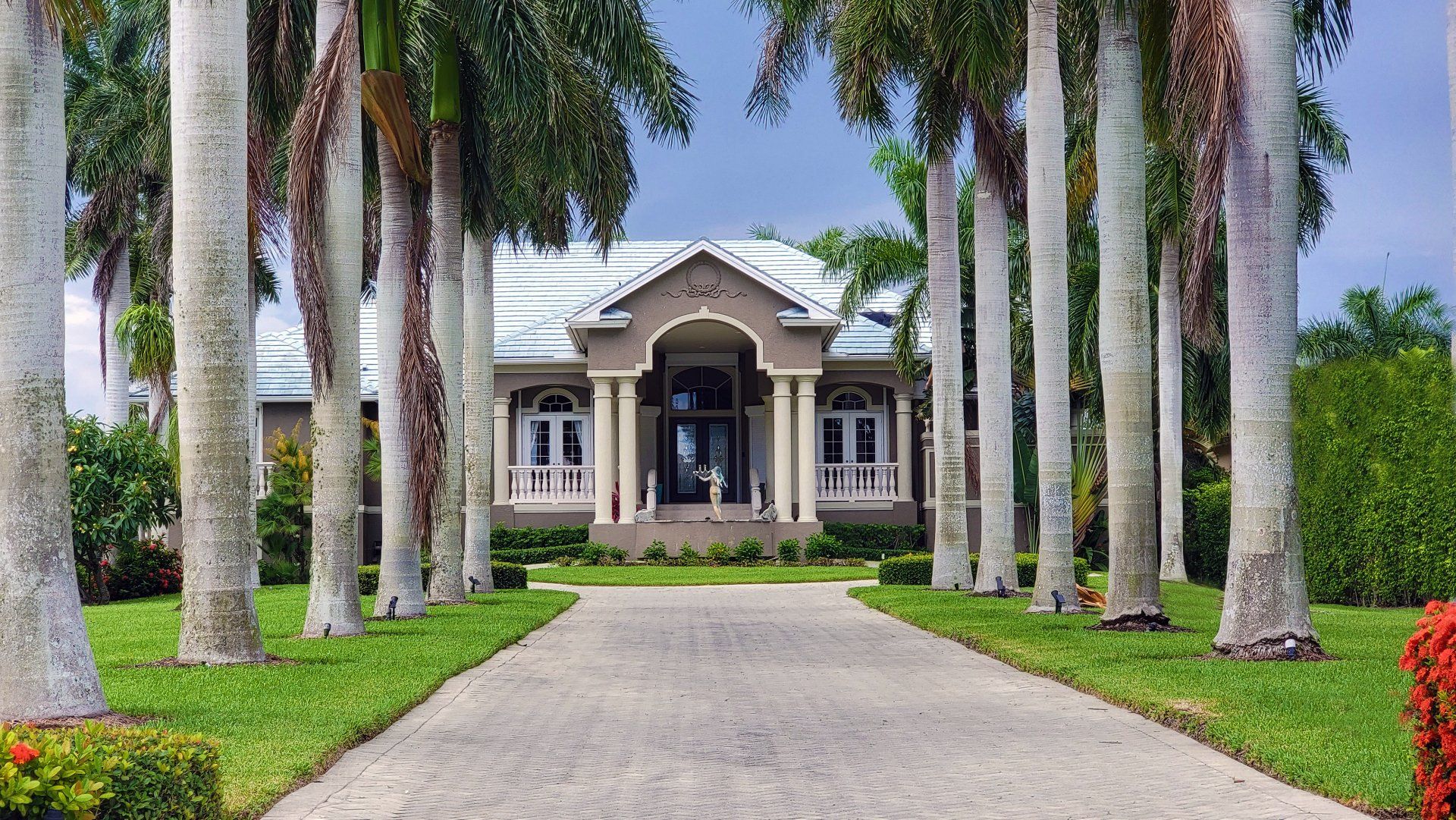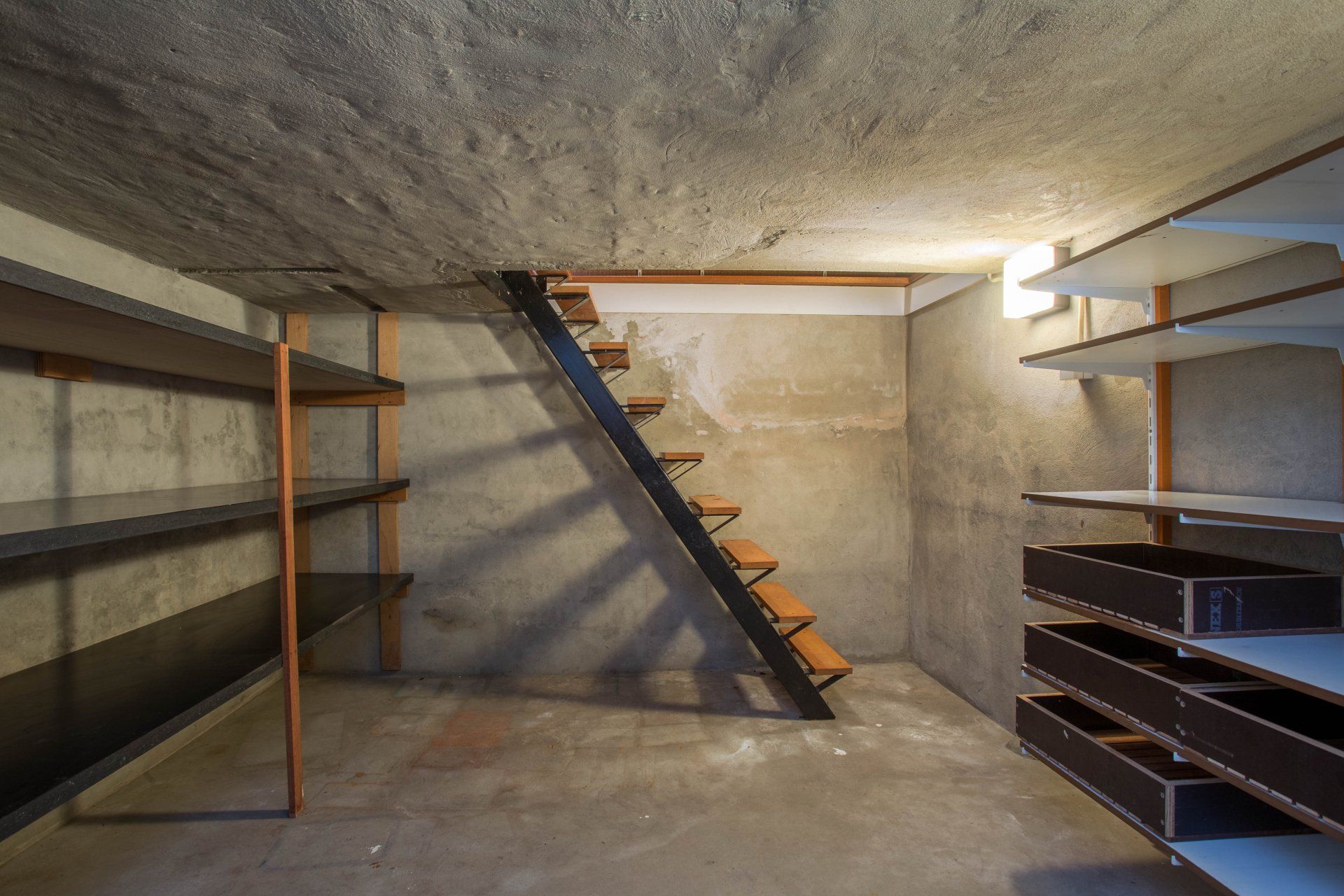What Is the Difference Between Cement and Concrete
What Is the Difference Between Cement and Concrete
Saying cement is the same as concrete is like saying flour is the same as cake. These are not the same thing! People often use the words cement and concrete interchangeably, but cement is one of the parts of concrete.
Concrete is mostly a mix of small rocks (aggregates) and paste. Sand, gravel, or crushed stone make up the aggregates, while water and portland cement make up the paste.
In this article, we differentiate between cement and concrete and share some interesting facts about them. But we think a little history might be good to know.
A Little History: How Did Cement and Concrete Come to Be?
The history of cement and concrete begins with the Babylonians and Egyptians. They mixed clay, lime, gypsum, and water to make mortar. They used this mixture to make things like the Great Pyramid, which is still around today.
Then the Romans made their strong cement by mixing lime with sand from volcanoes and adding water. They mixed this with other materials like pumice to make lime concrete, which they used to build things like the Colosseum and harbors.
Then in 1874, a bricklayer from England tried to make his cement. After many trials and errors, Joseph Aspdin finally made a block of cement that worked and got a patent for it. He made cement by first grinding up limestone and clay into a fine powder and then burning the powder. He then made a very fine powder out of the burned mixture. He called the powder "Portland Cement" because it was the same color as the stone quarried on the Isle of Portland, which is off the coast of England.
What Is Cement?
Cement is a binding agent you can use to hold together different building materials. The two most common types of cement in use today are portland and asphalt. One of the most important parts of concrete is Portland cement. Cement can be a dry powder (before the water gets added) or a paste (mortar) that hardens and sticks to whatever it touches.
Portland cement comes from limestone, sand or clay, bauxite, and iron ore, among other things. It could also include shells, chalk, marl, shale, slag, and slate. These different parts are mixed and heated in cement processing plants to make a rock-hard substance called clinker. After that, the clinker gets ground into a powder that anyone can mix with water to make a paste.
What Is Concrete?
Cement is one of the ingredients in concrete, a strong building material. Concrete's four main components are cement, stone, sand, and water.
Concrete's strength is directly proportional to the amount of water used in its preparation.
The cement, which serves as the binding agent in concrete, is activated by the water. Cement holds the mix's coarse and fine aggregates together. Mixtures with larger aggregates typically outperform those with finer particles in terms of strength.
Qualities of Good Cement
Even though what makes a good cement may change depending on the type of building, a good cement usually has the following qualities:
It stiffens quickly.- It is an excellent building material.
- It has good moisture resistance.
- It gives strength to masonry.
- It is easy to mix.
All of these qualities will vary depending on composition, thoroughness of burning, and fineness of grinding. In other words, the manufacturing process will affect the quality of any cement.
Qualities Of Good Concrete
A good concrete mix should have a few things that make it stand out.
First, the mix needs to be easy to work with so that it can be put in place and compacted correctly. Yes, less water makes concrete stronger, but you won't be able to move it if it's too dry.
When concrete is hard, it may also need to meet certain standards. Good concrete should be resistant to freezing, thawing, and chemicals used to melt ice. It should also be waterproof, strong, and resistant to wear. With all of these needs in mind, the mix design of the concrete should get the most attention.
How Cement and Concrete Are Used Today
Concrete is the most common man-made material because it can be used for many different things and is reliable. It lasts long, saves money, and is sustainable. Cement and concrete are used in many ways in our world today.
You could make a concrete slab or patio at home for a building project you want to do. Using ready-mixed concrete, you could also make your concrete planter box or use it to secure fencing or posts.
Fun Facts About Cement and Concrete
Concrete is the most commonly used material on Earth.
You might not be surprised to learn that we all use concrete more than any other material in the world. This could be because the sand, gravel, and water used to make concrete are available almost everywhere. But it might be more surprising to learn that 20 billion tonnes of concrete get used every year and that China is the world's biggest consumer, using half of the world's concrete every year.
Concrete will continue to strengthen for decades.
After about four weeks, concrete is about 90% as strong as it will be in the end. But it keeps getting stronger for decades after that because the carbon dioxide in the air causes the calcium hydroxide to change into calcium carbonate. And some bacteria help make concrete stronger.
During the Second World War, concrete was used to detect enemy planes.
During the second world war, sound mirrors were developed. Surprisingly, these sound mirrors were of concrete, and their purpose was to alert the people of incoming planes. At first, they were equipped with microphones and had an impressive hearing range of about 27 miles.
We use concrete to make high-rise buildings and highway bridges.
Concrete decks are used on almost all highway bridges because they are easier to keep up and cost less than steel. It is still in use to build tall buildings. The world's tallest concrete building is the Trump International Hotel and Tower, which is 423 meters tall. Pretty tall, right?
Conclusion
Now you know the difference between cement and concrete — cement is just one small part of concrete. If you want to use concrete in your next building project, we recommend using
Orange County concrete.
It is nothing short of the standard. That said, we hope you enjoyed reading. Check out the rest of our
posts on all things concrete. We are talking about concrete repair, installation, leveling, and much more!
Orange County Concrete Pavers1133 Camelback St #7124A, Newport Beach, CA 92658(949) 541-0607
All Rights Reserved | Orange County Concrete Pavers




